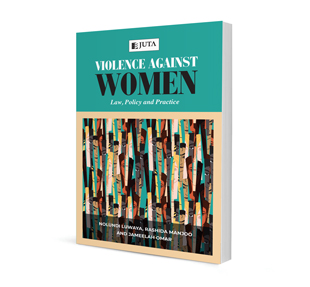Working against violence against women: How far have we come?

Working against violence against women: How far have we come?
Authors Nolundi Luwaya and Jameelah Omar
ISSN: 1996-2088
Affiliations: BA LLB LLM (UCT); Director, Land and Accountability Research Unit, University of Cape Town; LLB LLM (UCT); Senior Lecturer, Department of Public Law, University of Cape Town
Source: Acta Juridica, 2020, p. 1 – 26
Abstract
This article is the framing chapter of this collection of articles. It discusses violence against women through the lens of the three main themes that also run through the collection. The first theme focuses on sexual violence as a particular manifestation of violence against women. The second theme includes a discussion of legal and policy discourses of violence in international and regional law, as well as the challenges faced by women at the margins of society. The final theme addresses the difficulties for women who work against violence against women, whether as scholars or practitioners, and considers the toll and costs associated with doing this work. The discussion of these themes is used to both acknowledge the systematic nature of these challenges and to problematise the challenges, by reflecting on the repeated violences, acknowledging new(er) manifestations, and asking probing questions about how trends in public outrage can impact on legal, policy and practice developments.